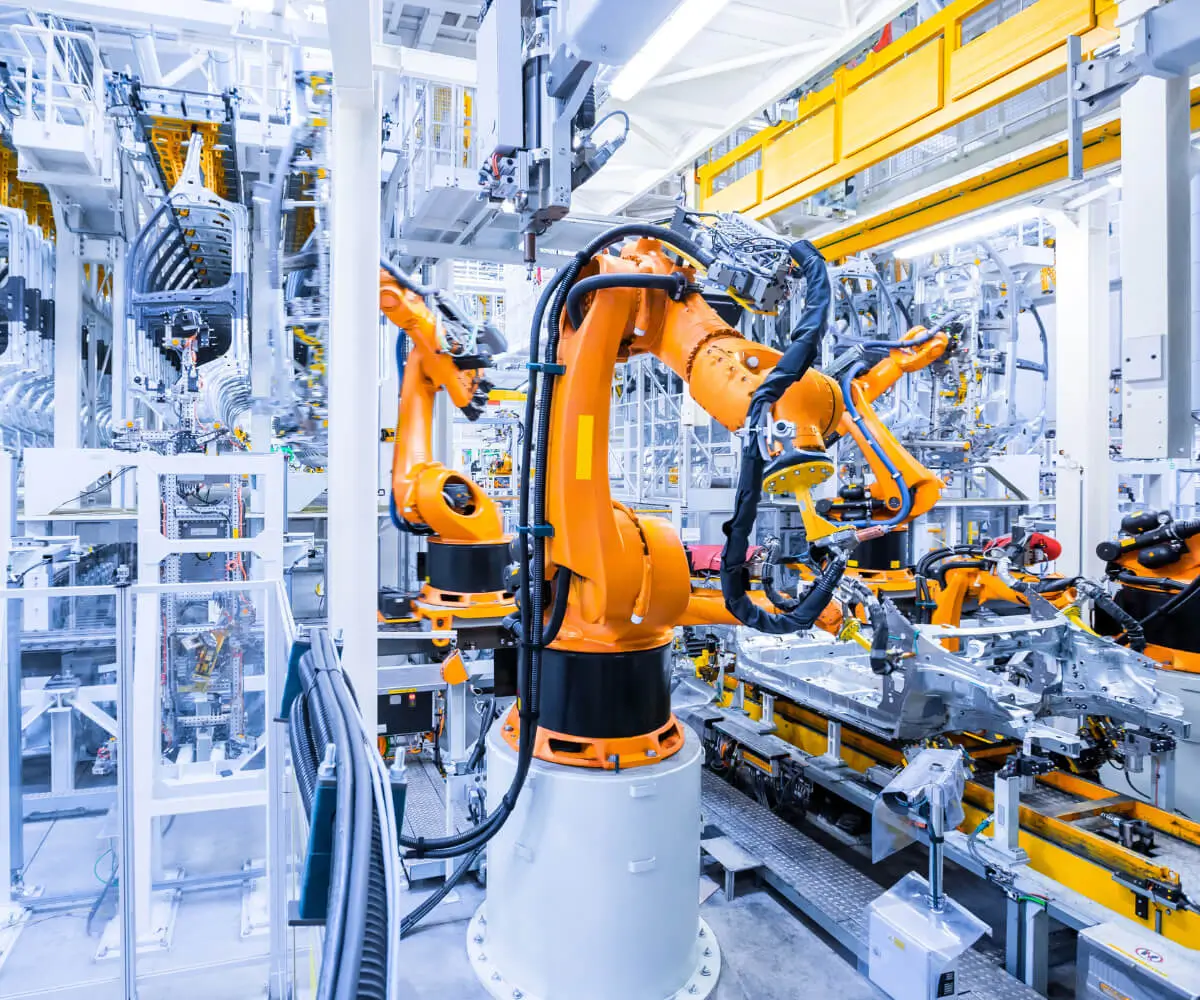Imagine rolling out your microservices on AWS — sounds straightforward, right? But dig a little deeper, and it gets clear very quickly: structuring these microservices for maximum agility isn’t just about deploying code fast. It’s about laying a solid foundation. That’s where reference architecture steps in. Think of it as your blueprint, your map, guiding you through the maze of AWS services tailored for microservices.

You’ve probably wondered, “How do I keep each microservice autonomous but still have them work seamlessly together?” Well, this architecture offers a clear answer: modular design, smart containerization, and robust networking. It’s about breaking down monoliths into manageable chunks that can be scaled independently. That way, when one microservice ramps up during peak traffic, the others stay cool, collected, and unaffected.
But it’s not just about tech specs—there’s a practical side. How do you handle security, logging, and data persistence without losing your mind? The reference architecture brings a sensible strategy: use managed services for databases, security groups for protection, and centralized logging. It’s like wiring your house for smart appliances—everything connected but independently controllable.
Ever seen a project stumble because someone tried to shove all the monitoring into a spaghetti mess? Yeah, it’s a nightmare. This architecture shows a better way: integrate monitoring tools directly aligned with each microservice, gaining clarity on performance hiccups before they turn into costly outages. And deploying updates? It’s smooth sailing with CI/CD pipelines built right in, reducing downtime and keeping your deployment pipeline tight.
If questions pop up—like, “Will this architecture fit my specific workload?”—here’s a quick thought: scalability is baked in. Transitioning from a handful of microservices to hundreds becomes just a matter of expanding the existing design. No messy rebuilds. Plus, flexibility? It’s built to adapt, allowing quick pivoting when market conditions shift or new tech emerges.
Finally, let’s not forget the bottom line: minimize costs while maximizing uptime. Using AWS’s scalable offerings in conjunction with this reference architecture means you’re not just throwing resources at a problem. It’s about smart resource allocation—pay for what you use, grow without headaches, and keep your system lean.
Getting into this is more than just deploying microservices — it’s about designing for resilience, speed, and efficiency. Building on a solid architecture isn’t optional; it’s the backbone of a future-proof cloud ecosystem. Whether you’re starting fresh or optimizing your existing setup, this architecture is more than a framework — it’s your command center for success.
Established in 2005, Kpower has been dedicated to a professional compact motion unit manufacturer, headquartered in Dongguan, Guangdong Province, China. Leveraging innovations in modular drive technology, Kpower integrates high-performance motors, precision reducers, and multi-protocol control systems to provide efficient and customized smart drive system solutions. Kpower has delivered professional drive system solutions to over 500 enterprise clients globally with products covering various fields such as Smart Home Systems, Automatic Electronics, Robotics, Precision Agriculture, Drones, and Industrial Automation.




































